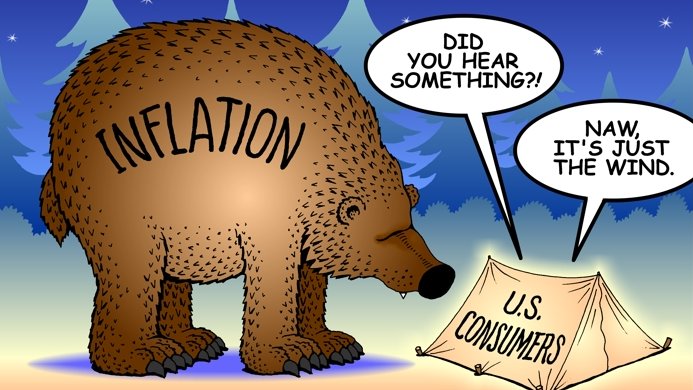There are two types of stock splits:
1⃣- Conventional
2⃣- Reverse
Let's focus on 1⃣, as it is the type that $TSLA announced.
In a conventional split, a company issues more shares. Its share price is now lower, but the value of the Company does not change.
You own 10 shares of Tesla at a pre-split price of $1500 per share. Post-split, you own 50 (10*5) shares at $300 ($1500/5) per share.
You have more shares, but there are more outstanding. Your ownership did not change.
Imagine you are at a poker table in Las Vegas. You have $500 in the form of 5 $100 chips. Your only opponent has $1000 in the form of 10 $100 chips.
The dealer asks to do an exchange.
So now you have 50 $10 chips and your opponent has 100 $10 chips.
You still have $500 total and are in the same relative position as before the exchange. More chips, yes, but no better off.
That was a stock split!
The total value of your existing ownership in the company stays the same, just like the total value of your chips at the poker table.
Then why might a company decide to execute a stock split?
The most commonly stated reason: to allow smaller investors to buy the stock and improve the liquidity of the shares.
But in a digital age, where buying fractional shares is possible, is this reasoning sound?
Rationally speaking, perhaps not. Realistically, yes.
Buying a given stock at $100 feels like a better bargain than buying it at $500, even if it buys you 1/5 as much ownership.
Being able to afford more shares of a stock feels good.
They do, however, make the stock more affordable on a per share basis for average investors. This may improve the liquidity of the stock as new buyers enter the market.
That was Stock Splits 101! I hope you found it helpful.





